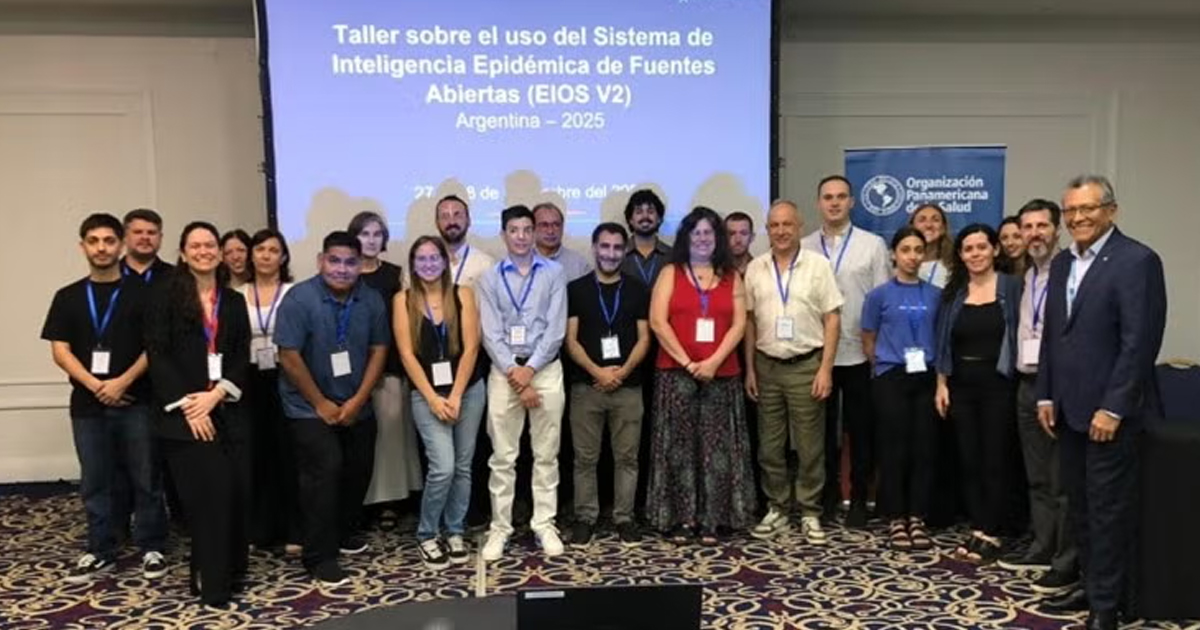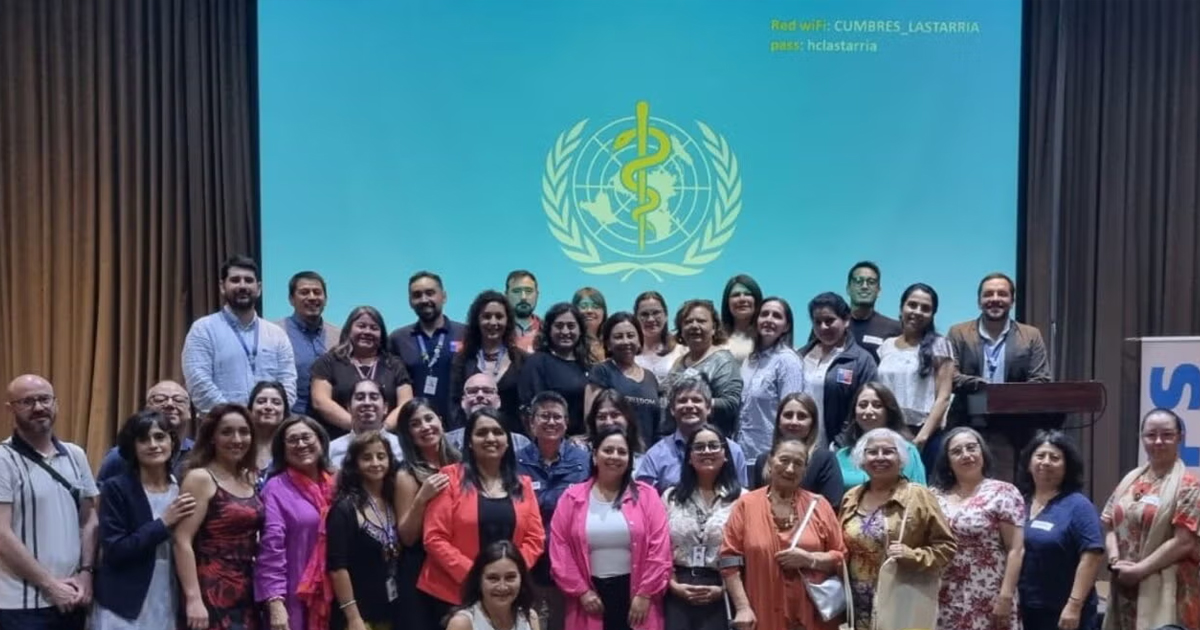El documento “Estrategias de reapertura de escuelas durante COVID-19”, indica estrategias sanitarias a considerar para la reapertura de escuelas.
La guía, publicada por el Banco Interamericano de Desarrollo, considera los criterios sanitarios esenciales que deben estar presentes para garantizar espacios seguros y limpios para alumnos y docentes en el regreso a clases tras la pandemia de COVID-19.
The four considerations indicated by the document are as follows:
- Ensure social distancing;
- Keep schools clean and disinfected;
- Ensure that students and teachers enter school healthy and stay healthy;
- Provide easy access to hand washing facilities
Each criterion has a number of strategies necessary to ensure its correct compliance.

La estrategia del criterio A propone una reapertura gradual o escalonada en los centros educativos para evitar contagios. Con una reapertura gradual, los alumnos verían reducidas sus horas de enseñanza presencial para complementar sus cursos mediante plataformas online, modalidad que tuvo que ser adoptada desde el brote de COVID-19 y cierre de escuelas y universidades desde marzo.
El BID propone que las medidas sean distintas de acuerdo al área geográfica que ocupe el centro educativo, comenzar por zonas rurales o con baja densidad poblacional puede resultar una alternativa viable, ya que estas zonas sufren de dificultades para proveer educación a distancia.
Stagger arrival and departure times from school and increase the space between desks to avoid close contacts between students and teachers.
Otras medidas que incluye el BID en su serie de estrategias son: cancelar actividades de excursión y asambleas que incluyan a varios grupos, evitar juntar estudiantes en áreas comunes, restringir el aglutinamiento en pasillos y baños, y finalmente educar al personal, a los estudiantes y a las familias para que las reglas de cada institución educativa sean respetadas.
En cuanto al punto B, que promueve la intensificación de la desinfección y limpieza de los espacios, se incluyen proveer kits de limpieza al personal de limpieza y brindarles entrenamiento. La limpieza y desinfección rutinaria será más cuidadosa e intensa en el regreso, es por eso que alumnos docentes y demás personal educativo deberán ser entrenados para mantener su espacio limpio y desinfectado (pupitres, escritorios, sillas y mesas).
Otras recomendaciones importantes son el uso de ventilación natural, abrir puertas y ventanas con regularidad para incrementar la circulación del aire; el incremento en la plantilla del personal de aseo; y the establishment of a protocol if a positive case of COVID-19 is detected in the school community,, que debe incluir cancelar clases de 2 a 5 días, para que las autoridades puedan determinar cuáles son las recomendaciones.
El criterio C, que se refiere a la salud de los alumnos y docentes, recomienda la implementación de protocols de lavado de manos como rutina, por ejemplo, cada dos horas, además, de instar a los alumnos y docentes que no se sienten bien se queden en casa. Estas estrategias incluyen la creación de carteles y posters alrededor de la escuela para que padres, alumnos y maestros puedan consultar dicha información.
Otros puntos son la adopción de políticas flexibles para inasistencias por enfermedad y el fomento del uso de mascarillas entre alumnos y docentes.
El punto D, indica las acciones a realizar en los centros educativos previo al regreso, como verificar las condiciones de los baños y lavamanos, se recomienda el acondicionamiento de la infraestructura para asegurar condiciones correctas de saneamiento en las escuelas. Las escuelas deben contar con agua suficiente y con acceso a jabón para manos.
Estas medidas jugarán un rol crítico para el regreso seguro a las escuelas y para fomentar nuevas realidades sobre la limpieza y las medidas de distanciamiento social en los centros educativos.
We invite you to read the full document at the following link:







